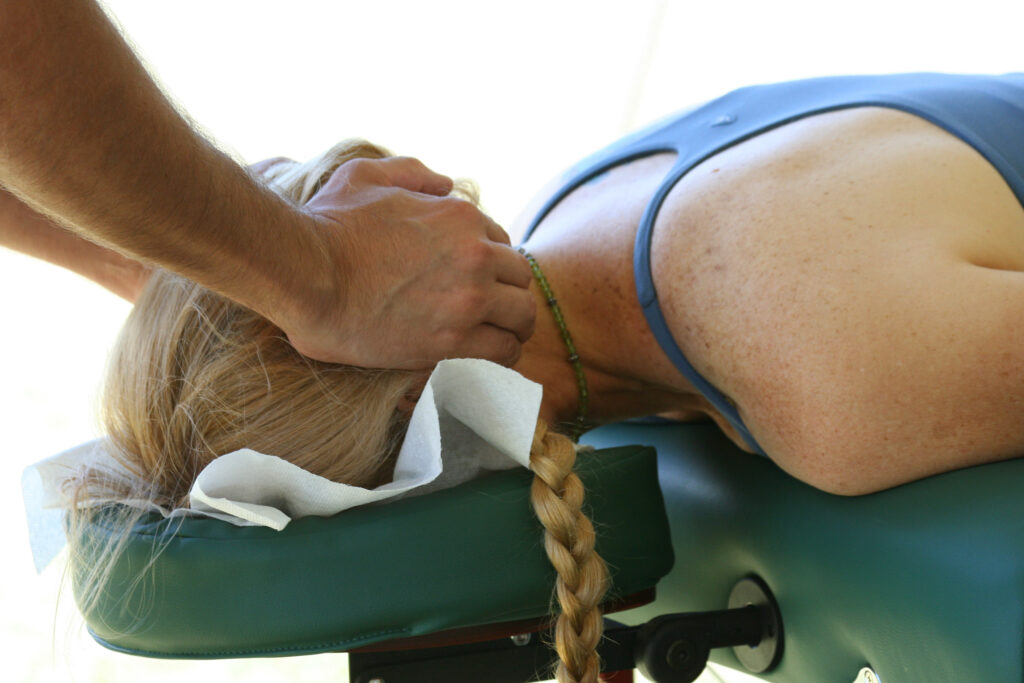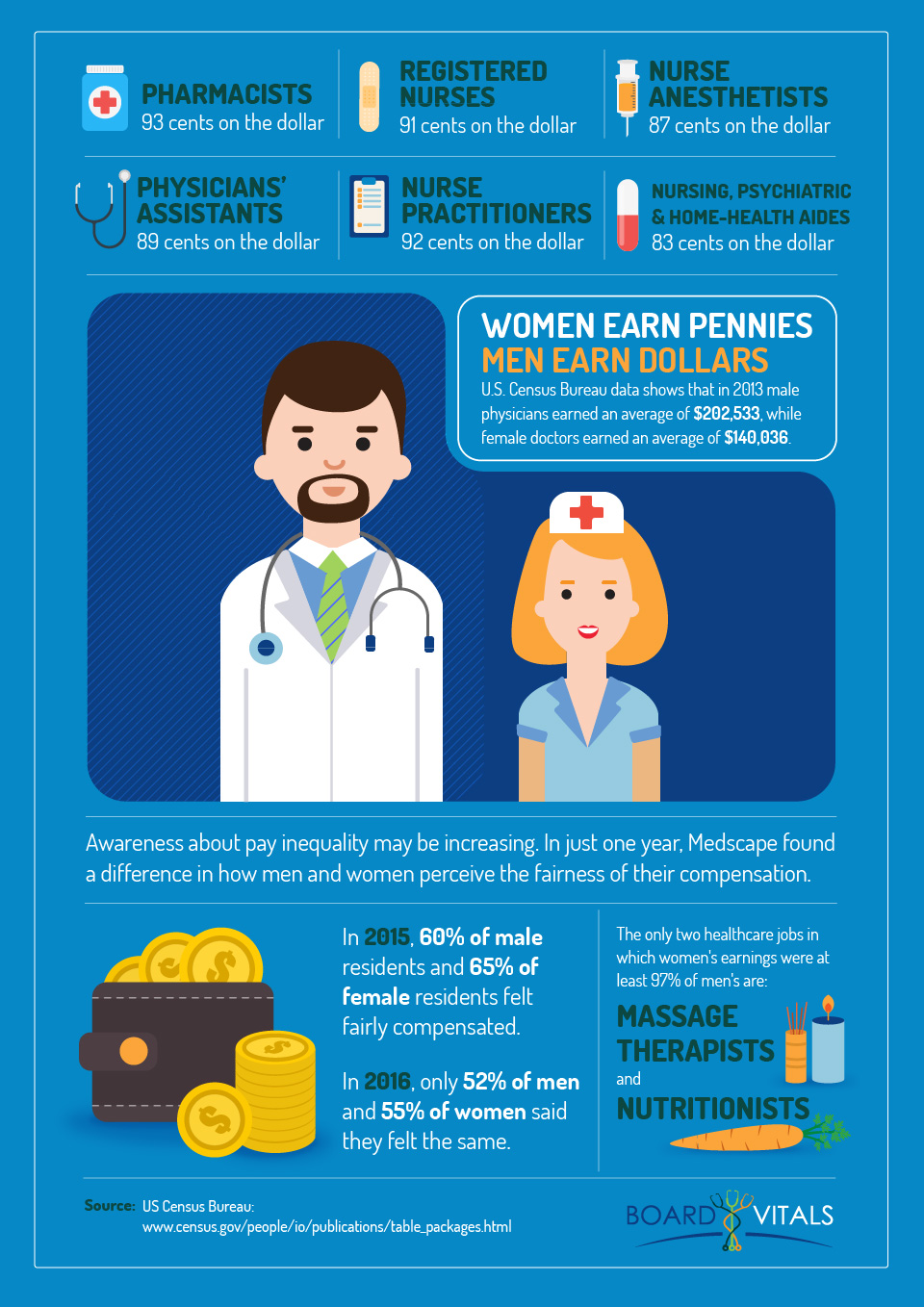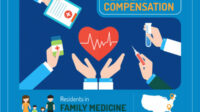“Pay equality” in healthcare is an oxymoron – in reality, there is no such thing. There are widely varying pay ranges according to position, gender, and region. There are some who contend that pay in medicine is equal, and others who lament that a woman’s work is valued less than a man’s. Regardless of opinion or reasoning, the data shows that women are paid less than men for the same work and that the ability to negotiate compensation remains king.
Perhaps the most damning assessment of pay inequality comes from an interview with Jennifer Coombs, PhD, PA-C, assistant professor in the University of Utah Physician Assistant Program, published in Clinical Advisor in 2013. She calls the gender pay-gap “a discernible and persisting inequity”, saying that “Among physicians, for example, gender wage-gaps persist even after adjusting for factors such as full-time or part-time work, years in practice or specialty choice.”
Coombs said the gender wage gap “permeates our society. So are women working fewer hours than men, are they less productive in the clinic than men? Are women making less because they work in primary care? If you look at the research, you find it really is a wage gap independent of all those things.”
First, even though the wage gap is framed by gender, it’s important not to make this a war between men and women. As Coombs said, “Men also benefit from closing gender pay gaps. Women are increasingly breadwinners. If you lift up women, you lift up their families, too .”
Information on wage equality and advocacy support are available at the National Women’s Law Center.
Women earn pennies while men earn dollars
US Census Bureau data shows that in 2013 male physicians earned an average of $202,533, while female doctors earned an average of $140,036. For every dollar earned by male physicians, women earn 69 cents. When Modern Healthcare Magazine reported on the census data it said, “Only a few jobs in the financial sector and a few other occupational areas had a higher income difference between men and women than do physicians.”
Women are increasingly graduating from medical school and comprise 1 out of every 3 physicians, but that isn’t moving the compensation needle. The Center for American Progress reports “Women complete college and graduate school at higher rates than men; they earned 47% of all law degrees in 2011 and 47% of all medical degrees in 2014.”
When it comes to other medical professions, it isn’t much easier to find equitable pay. A quick look at the U.S. Census Bureau data shows the disparity of pay between men and women, with women earning cents on every dollar earned by men:
- Pharmacists: 93 cents on the dollar
- Registered Nurses: 91 cents on the dollar
- Nurse anesthetists: 87 cents on the dollar
- Physicians Assistants: 89 cents on the dollar
- Nurse Practitioners: 92 cents on the dollar
- Nursing, psychiatric and home-health aides: 83 cents on the dollar
 There are only two healthcare jobs in which women’s earnings were at least 97% of men’s: massage therapists and dietitians/nutritionists.
There are only two healthcare jobs in which women’s earnings were at least 97% of men’s: massage therapists and dietitians/nutritionists.
It’s hard to believe that pay inequality of this magnitude still exists in 2016. The issue seems inextricably embedded in a culture that values men and women’s work differently, and not equitably. The issue will not be easily or quickly resolved. However, information is power and personal power is necessary for change. Whether you are a man or a woman, knowing the facts about market wages can help you to obtain the highest and best result from salary negotiations.





